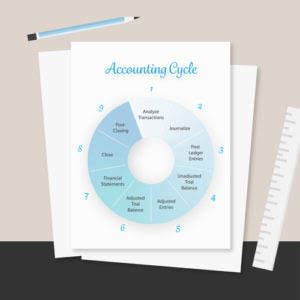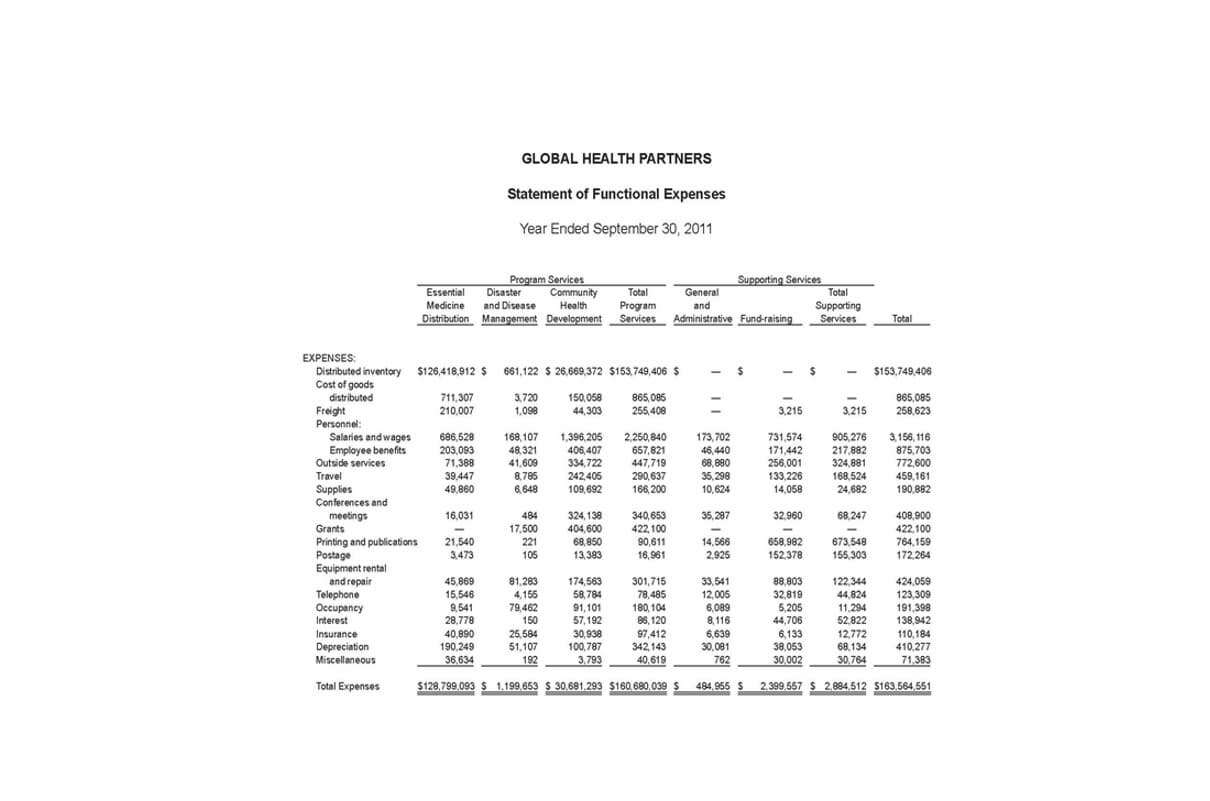Cash Flow Statement CFS Definition, Calculation, & Example

A higher free cash flow suggests a more valuable company, while a lower cash flow indicates potential financial difficulties. Several techniques can be used to analyze cash flow, including cash flow ratios, forecasting, and sensitivity analysis. All sales and purchases were made on credit during https://x.com/BooksTimeInc the last quarter of the financial year.

Cash Outflow

A decrease in stock, debtors, or bills receivable (B/R) will increase cash flow from operating activities and increase stock. Operating activities is perhaps the key part of the cash flow statement because it shows whether (and to what extent) a business can generate cash from its operations. All you have to do is subtract your taxes from the sum of depreciation, change in working capital, and operating income. Unlike the latter, operating cash flow covers unplanned expenses, earnings, and investments that can affect your daily business activities. Twenty-nine percent of small businesses fail because they run out of money. To avoid this, you need to know how to calculate cash flow for your company before it gets too late.
- While “cash flow from assets” isn’t a standard accounting term, it is important because this measure plays a significant role in the context of financial and investment analysis.
- It has a net outflow of cash, which amounts to $7,648 from its financing activities.
- Ways to optimize your operations can include improving supply chain management, reducing downtime in production, and implementing lean manufacturing practices.
- It looks at how much cash is left over after operating expenses and capital expenditures are accounted for.
- A profitable business is one that not only realizes the overall profit but successfully manages cash flow.
- CFO is derived from the company’s income statement and reflects cash inflows and outflows related to day-to-day operations, excluding any capital expenditures or investments.
- Although the profit or loss made on the sale of fixed assets is either credited (profit) or debited (loss) to the profit and loss account, these entries do not cause any cash movement.
Negative Cash Flow
- However, CFO adjusts net income – a metric influenced by management’s discretionary decisions and accounting practices.
- Cash flows from financing (CFF) shows the net flows of cash used to fund the company and its capital.
- Calculating cash flow from assets is helpful because of the insights it provides into your company’s financial health, efficiency, and operational effectiveness.
- Given that it is only a book entry, depreciation does not cause any cash movement and, hence, it should be added back to net profit when calculating cash flow from operating activities.
It can be considered as a cash version of the net income of a company since it starts with the net income or loss, then adds or subtracts from that amount to produce a net cash flow figure. In this article, we will delve into the concept of cash flow from assets and why it’s important to track it, as well as its calculation formula. You might adjust spending or secure financing before an expected cash crunch. Again, cash flow simply describes the https://www.bookstime.com/ flow of cash into and out of a company. Profit is the amount of money the company has left after subtracting its expenses from its revenues. The cash flow from assets (CFFA) can be alternatively termed as the free cash flow to the firm (FCFF).
The new security standard for business payments
Cash flow from financing activities represents the cash generated or spent on financing activities, such as issuing equity, repurchasing shares, and managing debt. Positive investing cash flow indicates that a company sells more assets than it is purchasing, while calculate cash flow from assets negative cash flow suggests increased investment in long-term assets. Cash Flow from operating activities (CFO) shows the amount of cash generated from the regular operations of an enterprise to maintain its operational capabilities.
- The simplest way to calculate free cash flow is by finding capital expenditures on the cash flow statement and subtracting it from the operating cash flow found in the cash flow statement.
- By contrast, shrinking FCF might signal that companies are unable to sustain earnings growth.
- These techniques help businesses identify potential risks and opportunities, assess the attractiveness of potential investments, and determine the company’s capacity for growth, dividend payments, or debt reduction.
- Liquidity is another significant dimension that cash flow from assets highlights.
- In the above example, the business has net cash of $50,049 from its operating activities and $11,821 from its investing activities.
- This information is vital for future planning, aiding in accurate budgeting and forecasting.

Three ways to calculate free cash flow are by using operating cash flow, using sales revenue, and using net operating profits. You can also use amortization and depreciation to account for the decreasing value of equipment and plants. There are several different methods to calculate free cash flow because all companies don’t have the same financial statements. Regardless of the method used, the final number should be the same given the information that a company provides. Cash flow analysis is a crucial aspect of business decision-making, enabling companies to assess their financial health, make informed decisions regarding investments and financing, and plan for future growth.
